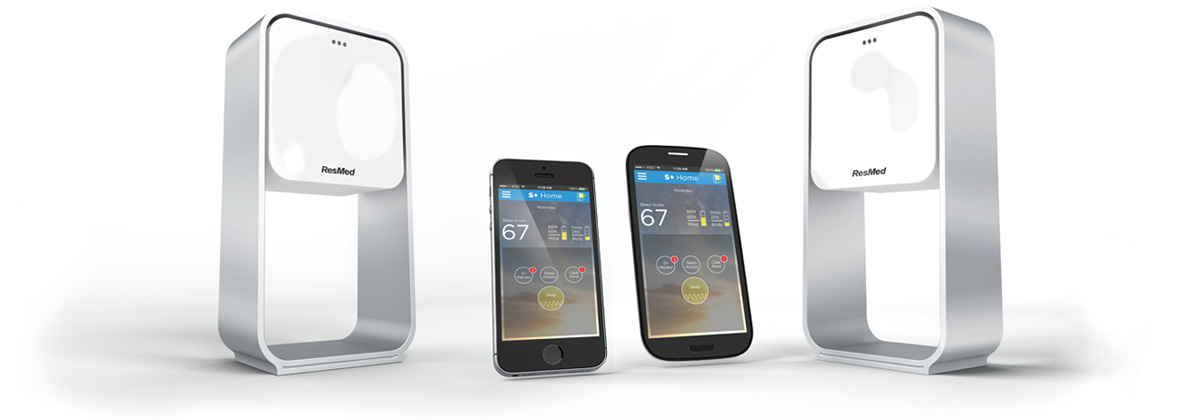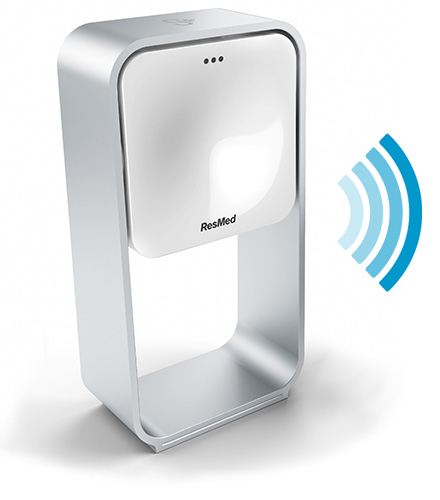What do you get from S+?


S+ works by detecting the movement of your upper body while you sleep. The movement it detects consists of the expansion and relaxation of your chest as you breathe in and out, and overall body movements such as positional changes, arm twitches and shrugs. The S+ includes software algorithms that recognize the combination of respiration and body-movement signals, so that the overall sleep state can be reliably assessed. For example, if you're moving continuously, you're unlikely to be asleep; conversely, if you're in deep sleep, there will be relatively little movement, and your breathing will be very regular.


The S+ measures movements using very low power radio waves (less than 1/10 of Bluetooth®). The basic principle is similar to the echo location system used by bats to hunt insects. The S+ transmits a short pulse of radio waves at 10.5 GHz and then listens for the echo of the pulse. As you move, the phase of the echo changes, and this is converted into a signal that reflects your movement.
Fortunately, clothing and blankets are almost transparent to radio waves at the frequencies we use (for example, your cell phone will ring even when your phone is in your pocket or handbag). The echo signal is mostly generated by reflection from your body – as far as radio waves are concerned, you're a large watery object!
A major component of the S+ system is our patent-protected, breakthrough technology for contactless and convenient measurement of sleep and breathing in the home called "SleepSensor". This allows the S+ to accurately monitor your sleep without the need for any physical contact with the unit, or any mattress strips or electrodes. Proprietary software performs a variety of signal analysis tasks including respiration analysis and sleep quality measurement.
The S+ technology's ability to accurately measure sleep patterns has been published in a number of scientific papers. Specifically, this technology has been tested and proven against expert manually scored data of patients gathered in several accredited sleep laboratories.
Note: S+ is not a medical device. If you are seeking information on how to treat a sleep disorder, you should talk to your healthcare provider.